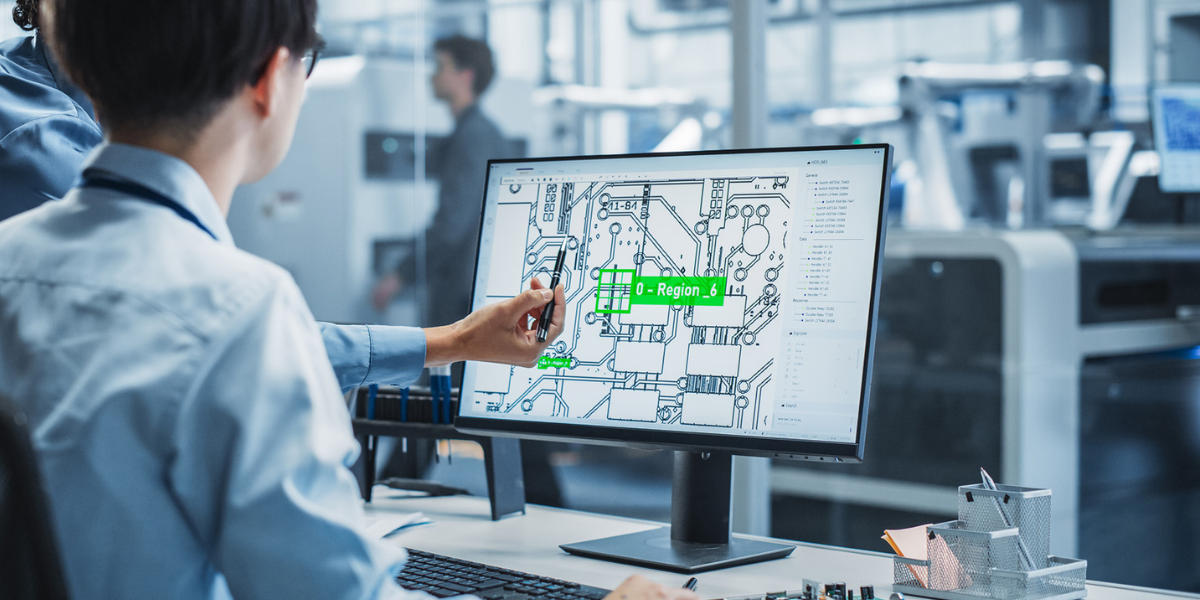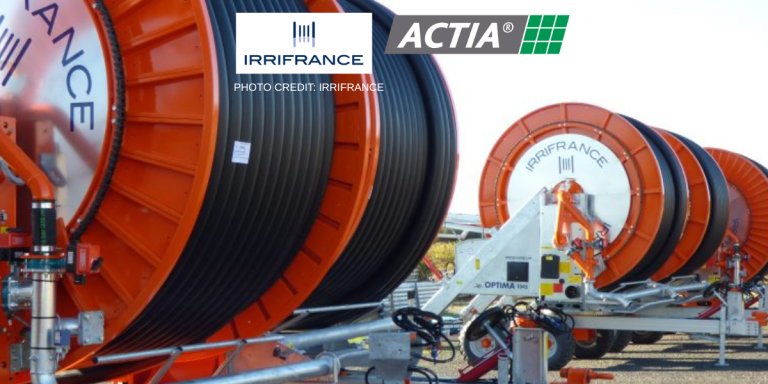In a rapidly evolving electronics sector, ACTIA imposes a clear vision: cutting-edge engineering integrated into a highly efficient EMS (Electronic Manufacturing Services), driven by intelligent automation, inter-site agility, and the expertise of its engineers.
Dive into an industrial ecosystem designed to support innovation at all scales: from startups to global industrial players.
Robots, pace, and quality: ACTIA’s factories in Tunisia at the heart of mass production
Among the group’s industrial sites, ACTIA’s factories in Tunisia play a key role in the group’s overall industrial organization.
A strategic link in ACTIA’s industrial ecosystem
Specialized in large-series productions, these factories enable the group to effectively meet the demands of demanding markets such as automotive, home automation, household appliances, or railways, with production capacities reaching one million parts per year.
Thanks to their geographical proximity to Europe (only a two-hour flight from France), ACTIA’s Tunisian sites represent a major logistical asset to optimize production and supply lead times.
They fully align with the group’s strategy of industrial flexibility and resilience, complementing the factories in France and the United States. This international network secures production, guarantees great agility, and adapts quickly to market changes and geopolitical contexts.
Finally, these Tunisian sites benefit from strong interaction with the group’s R&D and engineering teams, supporting industrial innovation and the development of new solutions.
A state-of-the-art robotized production line
In this context, a robotized production line has been deployed in Tunisia, fully illustrating the group’s ability to combine automation, technical expertise, and quality requirements.
Designed to meet the demands of high-volume markets, this state-of-the-art robotized line enables sustained production pace while ensuring a high level of quality.
“It is a semi-automatic robotized line, with automatic transit modules, to limit human handling and guarantee pace, reliability, and quality,” explains Hela BAJOUCO, Industrial Studies Director at ACTIA.
“Build to print” expertise serving complex projects
Capable of producing up to 1 million parts per year, this line was co-developed by multicultural teams from France and Tunisia. A collaborative experience and skills growth that illustrates ACTIA’s commitment to delivering high-quality products on time and volume.
“We talk about 1,000,000 products per year, while ensuring the required quality level, which is a strong commitment for ACTIA,” highlights Hela BAJOUCO.
Thanks to its “build to print” expertise, ACTIA offers a true turnkey service for complex industrial projects. The in-house control of the entire process — from design to automation — guarantees total coherence and increased reliability for clients.
What You Need to Know – Automatic transit in Industrial Engineering
These are mechanized systems that ensure automated transport of parts between different assembly or inspection stations on the line. This limits human handling, speeds up flows, and reduces risks of errors or component damage.
EMS and engineering: adapting production from startups to large industrial clients
Whether for prototyping by a startup or millions of parts for a global player, ACTIA adapts its industrial tool.
“We can start with 100 boards for a client in the railway market or an innovative startup, and go up to 5 million units for consumer products. This ability to adjust our resources allows us to truly offer the right EMS service to each client,” explains Hela BAJOUCO.
This flexibility is based on a strategic industrial network: France (Colomiers), Tunisia (CIPI), and the United States, enabling production close to end markets.
“If an American client wants an automated line like the one at CIPI ACTIA, we can reproduce it in the US to offer them true Made in local,” she specifies.
Made in local and mirror factories: an industrial strategy designed for resilience
ACTIA has built an agile industrial model, able to face geopolitical, economic, or logistical challenges.
“Our industrial sites work in mirror, with skill transfers and backup between factories. This allows us to secure productions and ensure continuity, even in crisis,” explains Hela BAJOUCO.
This ability to quickly transfer production from one factory to another allows ACTIA to support clients close to their needs and markets.
“Our engineers are very close to the factories. This is what makes our industrial tool both agile and efficient,” she adds.
Collective engineering serving strategic markets
ACTIA benefits from the richness of its multi-sector expertise: automotive, energy, telecom, railway, aeronautics, to offer adapted solutions.
“We easily switch from a telecom project to an energy project. We share engineering, testing, and design depending on needs. This is the strength of a group mastering the entire value chain,” specifies Hela BAJOUCO.
Thanks to this transversal and collaborative approach, ACTIA can co-build innovative solutions with its clients.
“Our clients involve us very early, in co-design and DFM (Design for Manufacturing) approaches. We know how to challenge their plans to optimize industrial feasibility and guarantee product performance from the first design phases,” she continues.
Why ACTIA is a “mine of engineers” according to its clients
If automation is an essential lever at ACTIA, human expertise is its real engine.
“For three years, we have integrated experts from aeronautics, automotive, and other demanding sectors. Machines are good, but without engineers to design, operate, and improve them, nothing works,” affirms Hela BAJOUCO.
Visit EMS website Contact our EMS expertsAlso, this technical excellence is widely recognized by ACTIA’s clients. A major aerospace account testifies:
“At ACTIA, what makes the difference is adaptability, agility, and flexibility, as well as their engineering and technical skills. ACTIA is a true mine of engineers.
And that is what really makes the difference.”






